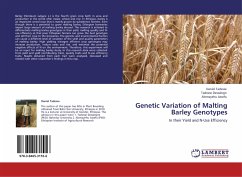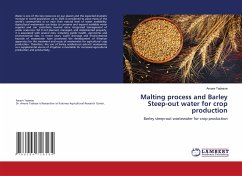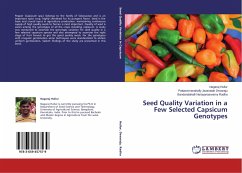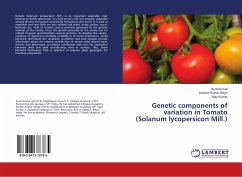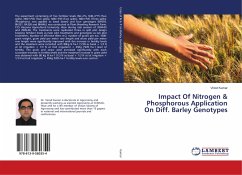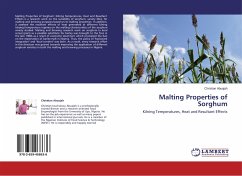Barley (Hordeum vulgare L.) is the fourth grain crop both in area and production in the world after maize, wheat and rice. In Ethiopia, barley is an important cereal crop that is mainly grown by subsistence farmers. Even though there is a potential to grow malting barley, Ethiopian breweries import large amount of malting barley abroad. This research is initiated to differentiate malting barley genotypes in their yield, malting quality and N-use efficiency so that poor Ethiopian farmers can grow the best genotype and sell their crop to the breweries. The genetic and environmental factors can cause a different level of variation of the yield and quality parameters of malting barley. High yielding nitrogen efficient crop genotypes may increase production, reduce costs and risk, and minimize the potential negative effects of N on the environment. Therefore, this experiment will be an input for malting barley study. In this research data were collected from yield and yield contributing traits, quality traits and N-use efficiency traits. Results obtained from each trait were analyzed, discussed and related with other researcher s findings in this crop.

